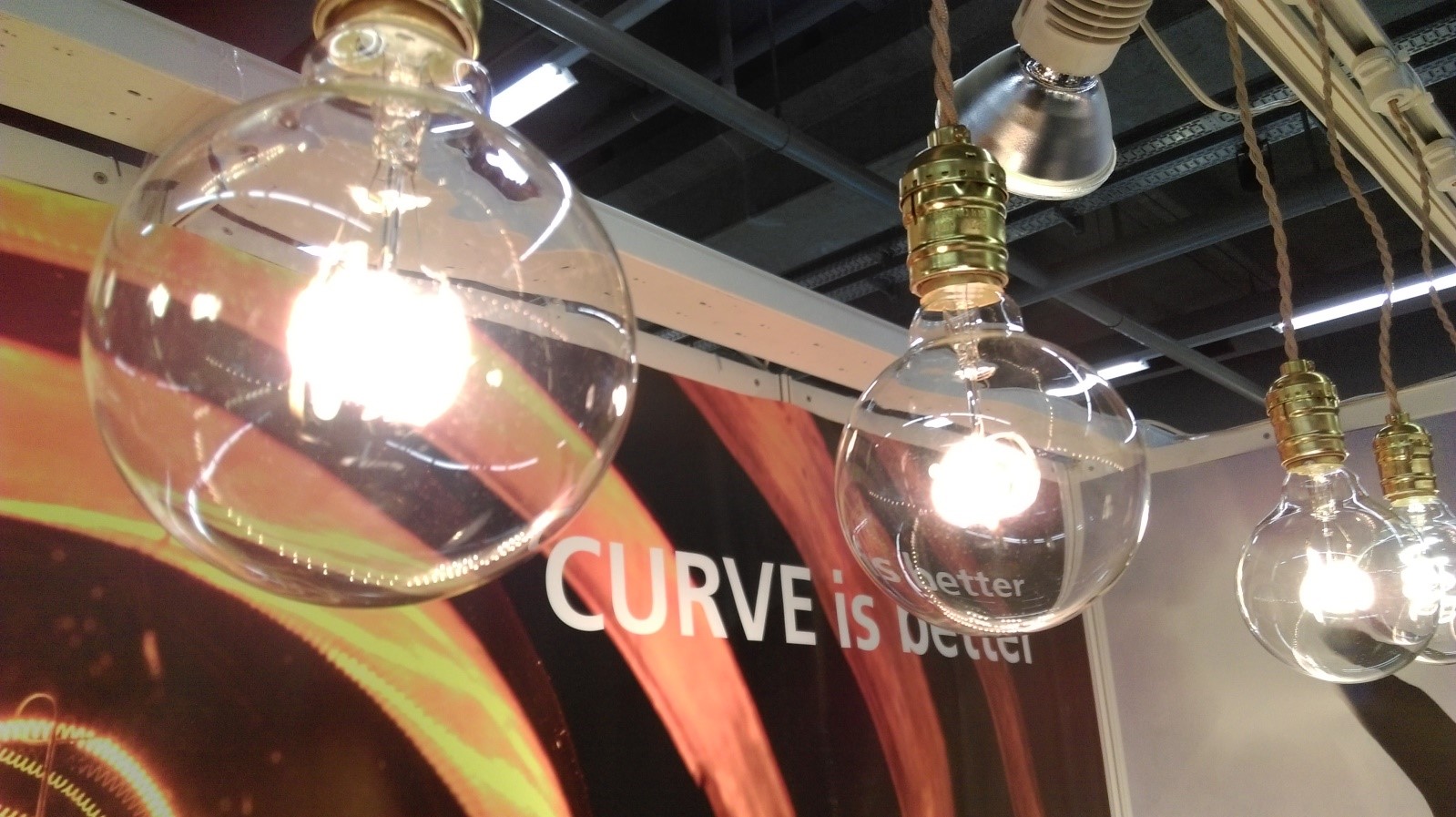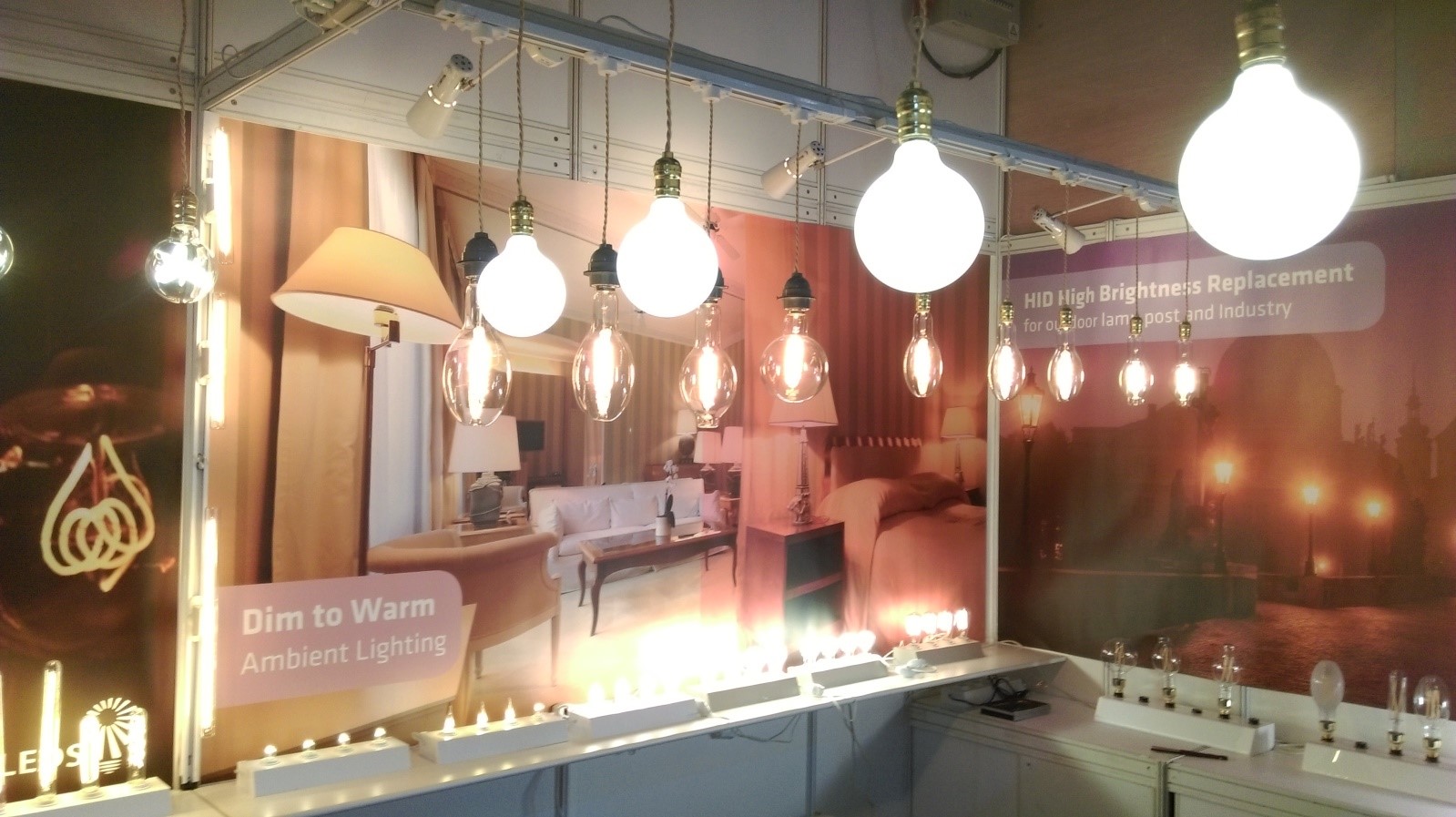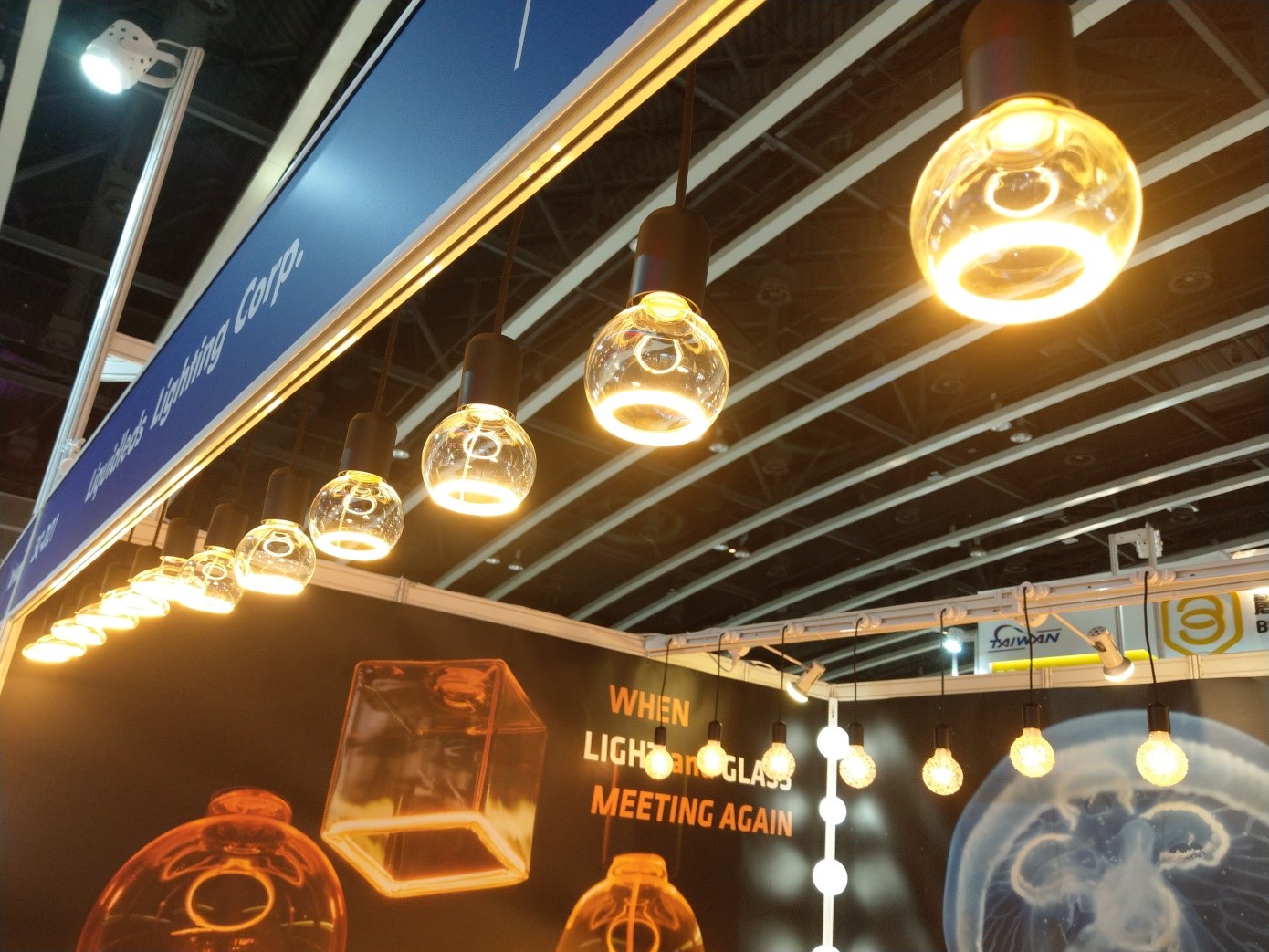The lawsuit between LED filament bulb developer Liquidleds and lighting company GIRARD SUDRON, filed in December 2018, has come to an end.
Liquidleds started collecting evidence and filed a patent lawsuit against GIRARD SUDRON in December 2018. The Mannheim Court of Germany found the European light seller guilty of infringing Liquidleds’ patents and ruled that it should refrain from offering, placing on the market, and/or importing patent-infringing products. As it was also demanded to pay back the loss to Liquidleds, both parties are finalizing the amount of compensatory damage. Liquidleds’ patents registered in Europe still remain effective.
Looking back at it over the past three years, Liquidleds has put enormous effort in collecting any possibly useful evidence. LEDinside finds it very impressive for an Asia-based company to be able to file and even win a patent lawsuit against local company in Europe. We would like to dig into the case and thus interviewed Michael Yu, general manager, and David Huang, deputy general manager at Liquidleds on how to differentiate their company and maintain competitiveness in price wars in the lighting industry.

Liquidleds specializes in developing and manufacturing flexible LED filament bulbs. Over years, they have been bringing a multitude of products for different user groups. (Source: Liquidleds/ LEDinside)
Q: Can you fill us in on what had happened that led to the lawsuit? What message does Liquidleds want to deliver through the lawsuit?
A: One of our distribution partners in Europe found this French lighting company was selling lighting products almost identical to ours. We scrutinized those products and found them infringe our patents. That also affected our channel sales in Europe. That’s why we decided to take legal action against it. (Yu)
In fact, this is not the first time we chose to take action to protect our patents. Throughout 2018, especially at Light + Building 2018 in the first quarter, we also reported to the German customs to confiscate exhibits of a company that infringed our patents. Following that, we proved to the European Union Intellectual Property Office (EUIPO) the validity of our patents. At the end, the EUIPO rejected that company’s request to invalidate our patents. (Yu)

Liquidleds found plenty of their patents were infringed and started taking legal action in recent years to protect their assets and businesses. (Source: Liquidleds/ LEDinside)
For us, winning is not everything. What means the most is every party in the industry should together acknowledge the importance of intellectual properties, show respect to and protect them. It determines whether an industry can be healthy. It also decides whether an enterprise can build up its competitiveness. (Huang)
Q: Very clear and well said. We learnt that Liquidleds is a firm believer in the value of sustaining competitiveness, right? You must have invested a lot in the research and development of your products.
A: What supports Liquidleds is a more than a decade-long effort in developing and redeveloping LED lights. Meanwhile, we also launched quite a few disruptive lighting technologies and won a few international innovative invention awards. In 2008, we launched the Liquid Immersed Heat Management Solution and won a golden petal at the 11th Moscow International Salon of Inventions and Innovation Technologies. After that, the world started to know about Liquidleds. The solution was a breakthrough at that time considering that very few companies could resolve the issues of heat dissipation, light decay and illumination compensation high-power LED products have. That also granted us opportunities to co-work with a renowned semiconductor company in Asia. (Yu)
During those years, we had been keeping an eye on market trends and continued to renovate our core technologies. We aimed to upgrade our traditional lighting technology as well as tap into blue ocean markets to optimize our product mix. Knowing that, in Europe and the States, governments and organizations planned to reduce/restrict the use of tungsten filament bulbs for the purpose of environmental protection, Liquidleds chose to deep dive into research and development of LED filament bulbs. We believed they carry better margin and attempt to establish businesses mainly in overseas decorative lighting markets where saw a stronger demand. (Yu)
Of course, we know the entry requirements of niche markets are much higher, plus regions like Europe and the States prioritize product quality and reliability over everything. We are very cautious of and take statuses of all development stages very seriously. We studied the nature of emitting diodes and developed unique polymer processing technology. We also improved structures of LED filament bulbs and beautified the industrial designs (IDs) of our products. When our products were finally put into mass production, we inspected quality of the parts before the assembly and ensured all finished goods were well-manufactured. Our products and brand image are the reflection of our attitude. It all came from devotion and contribution of our R&D team. (Huang)
Q: What are the benefits Liquidleds now enjoys after years of hard work put into the development and production?
A: The ultimate goal for Liquidleds is to open up a new path (finding new business opportunities) in this mature industry. We believe in that as long as we keep optimizing our products and services, we are building credits and promoting our brand image, which sets us apart from the others. In the traditional lighting market, we are able to avoid fierce price competitions (mainly because of the entry of ‘the Red Supply Chain’) because we develop products with solid techniques and high manufacturing standards. We successfully expanded our market presence overseas by innovating our flexible LED filament bulbs and creating a wide variety of glass housing shapes catering to different end-user tastes. Aside from that, in order to protect our income-producing assets, which are our lighting products and key technologies, we invested a lot in patent management. (Huang)
We started proactively participating in international trade fairs in 2016. We officially showcased our first series of LED filament bulbs featuring multiple glass housing shapes at Light + Building 2016, Frankfurt. That was our first exposure. After that, we also attended events including LIGHTING FAIR Tokyo, Hong Kong International Lighting Fair, LIGHTFAIR International, etc. Such exposures earned Liquidleds opportunities to develop businesses with distributors and e-tailers from the US, Europe, the Middle East, and Asia-Pacific. In addition, Liquidleds owns a comprehensive portfolio consisting of up to 100 design-related and manufacturing technology patents that sufficiently protects Liquidleds’ products circulating in those regions. Because of that, we are able to stay away from any risks that might damage our businesses and/or reputation. (Yu)
Q: Every industry takes intellectual properties very seriously. Do you agree that patents can bring new business opportunities to enterprises, especially in the traditional manufacturing industry, apart from protecting products and reputation/image of a company?
A: Yes, absolutely. It’s healthier for a company to have multiple streams of income. It can also earn additional profits by licensing patents and/or transferring technologies.
To survive in the lighting industry within which price/quantity competitions are already rather fierce, applying for and protecting patents is surly important. Not only does it show respect to all R&D results, but it also serves as a key factor to keep the dynamic with the industry from deteriorating. In particular, several intellectual property thefts were reported in 2019, including divulgence of semiconductor technologies from Taiwan to China and other up to 1000 IP thefts the US Federal Bureau of Investigation was probing during the US-China trade war. We cannot underestimate the negative consequences IP thefts would cause. It is not something any enterprises are willingly to bear, whether it is reputational damage or information leak. That’ why Liquidleds goes to great lengths to protect its patent profile. (Huang)
Q: How do you see the future of LED filament lighting products? What strategies will Liquidleds follow to respond to the market trends?
A: We can see that the lighting industry in general find it very difficult to squeeze more profits from the market due to the facts that the market is overall saturated and bloody; and that prices of both parts and finished products plummeted after the emergence of ‘the Red Supply Chain.’ Ever since 2018, big lighting companies such as Osram, Philips, and GE electrics took turns to either restructure its lighting business units or sever lighting BUs from remaining core businesses and shifted their focuses to the Internet of Things (IoT) technology R&D.
However, it’s also true certain demand can still be seen to sustain the growth momentum of the decorative lighting segment. Inevitably, competitions between suppliers are severe and that causes prices of LED filament bulbs to drop. The name ‘decorative lighting’ says it all. Product design, quality of LED filaments, and illumination compensation know-hows are the three winning elements in this segment. Liquidleds showcased at the 2019 Hong Kong International Lighting Fair (Autumn Edition) a series of new LED filament bulbs. We unwinded flexible LED filaments and just placed them at the bottom of the bulbs. We found the look even more aesthetic. It proves the flexibility of those filaments can be presented in many ways. Essentially, we will continue what we have been emphasizing, our three main strategies: to keep innovating products/technologies, to reinforce our IP capacity, and to sustain our sales momentum in every region. (Yu)

Liquidleds showcased at the 2019 Hong Kong International Lighting Fair (Autumn Edition) a series of new LED filament bulbs. Different from conventional designs, the LED filaments just beautifully lay at the bottom of the bulbs, more fluidic and aesthetic.
(Source: Liquidleds/ LEDinside)
(Interviewed done and written by Evangeline Huang)
Read Also:














